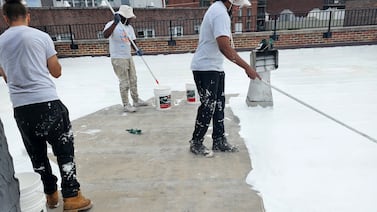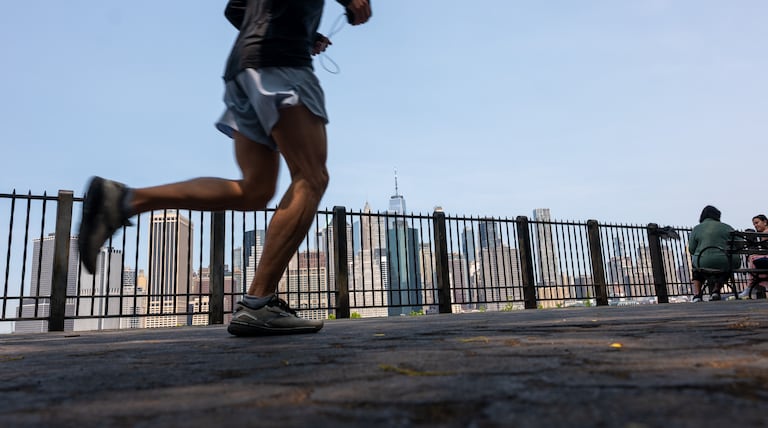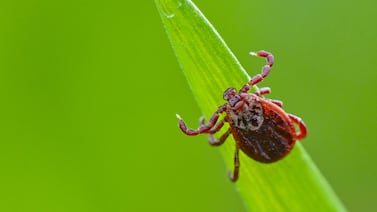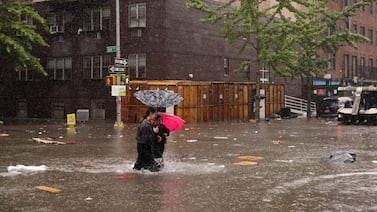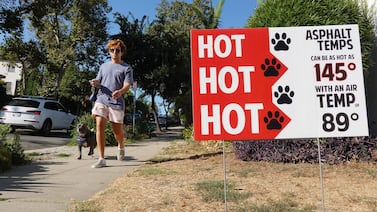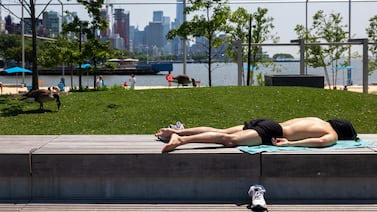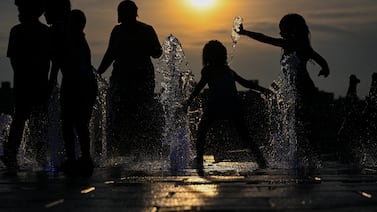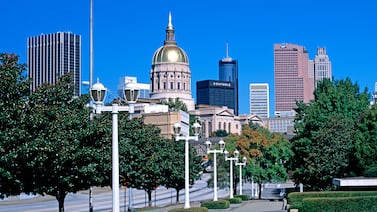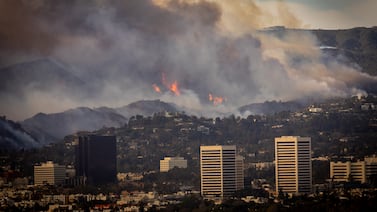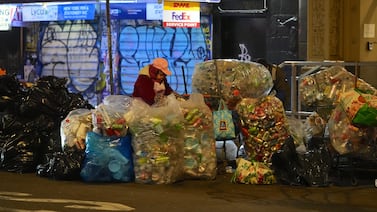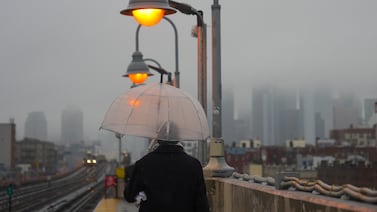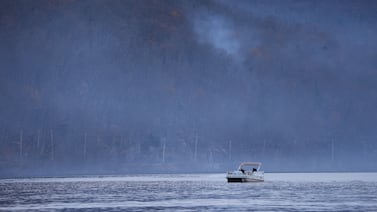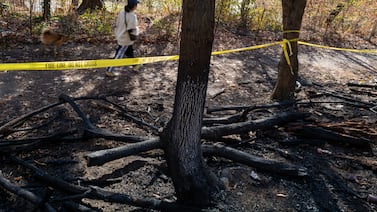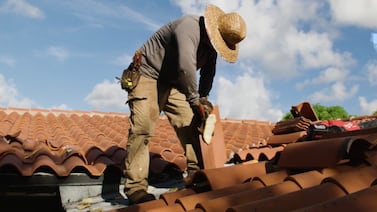Climate
The latest updates and analysis on climate news from Healthbeat.
Studies show that in non-air-conditioned residential buildings, 'cool roofs' can lower maximum indoor temperatures by 2.2 to 5.9°F.
An extreme heat warning was in effect for New York City on Tuesday. As summers get hotter, high temperatures are an increasingly dangerous public health threat.
Next week, parts of New York could see high temps reach 100°F. Because our bodies gradually adapt to heat as the summer progresses, we’re especially vulnerable in June.
The majority of tick-borne disease cases in New York City are imported from surrounding areas, like upstate New York, Long Island, and Connecticut.
Rising sea levels and intensifying storms threaten the city’s coastlines and low-lying neighborhoods.
In the United States, extreme heat is the primary cause of weather-related deaths, posing a significant threat to public health.
An air quality alert is in effect for New York City from 11 a.m. to 11 p.m. Thursday. Young children, elderly people, and those with respiratory diseases are advised to avoid strenuous activities.
As climate change drives up temperatures and the risk of heat-related illnesses in New York, public health leaders and researchers are paying more attention to heat surveillance.
'The heat risk in one neighborhood is actually dramatically different than the heat risk in another neighborhood, and we have almost no information on that,' said Brian Stone, a professor who runs the Urban Climate Lab at Georgia Tech.
Scientists and public health officials have long tracked the pollutants that cause smog, acid rain, and other environmental health hazards and shared them with the public through the local Air Quality Index. But the monitoring system misses hundreds of harmful chemicals released in urban fires.
Using data from public rat sightings and inspections between 2007 and 2024, the researchers examined 16 cities around the world and found two-thirds saw increases in rat populations. New York City saw the fourth-highest spike in rats.
Atlanta is planning for the warming centers to stay open overnight through at least Sunday, when temperatures are expected to rise.
A nascent but growing body of research shows that a large proportion of adolescents and young adults, in the United States and abroad, feel anxious and worried about the impact of an unstable climate in their lives today and in the future.
In Central Park, more than 2 inches of rain has fallen since Dec. 1, close to the normal amount. New Yorkers are still encouraged to conserve water.
Poor air quality from wildfire smoke poses health risks to everyone, with fine particles that can penetrate deep into the lungs and enter the bloodstream.
The second of three stages of water conservation declarations underscores the ongoing danger of the city’s historically dry autumn and low reservoir levels.
After a historically dry October, New Yorkers are asked to take shorter showers, turn off the tap, and flush less often.
Proposition 4 would allocate $610 million for clean, safe, and reliable drinking water and require at least 40% be spent on projects that benefit vulnerable populations or disadvantaged communities. But it’s a fraction of what the state says is needed.
Laborers have suffered in extreme temperatures triggered by climate change. Deaths aren’t inevitable, researchers say: Employers can save lives by providing ample water and breaks.
Communities in North Carolina are still shaking off the shock of a storm they never thought could touch these mountains.

